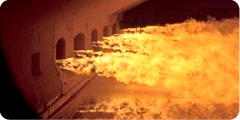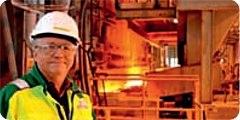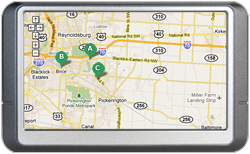How It's Made.
The Pilkington process
changed the way auto
glass is made.
In 1952, Pilkington developed what is now the world standard for high-quality glass production - the Float Glass Process.
Materials

Float glass uses common glass-making raw materials: typically sand, soda ash (sodium carbonate), dolomite, limestone, and salt cake (sodium sulfate). On average, our windshields are made with 15% recycled glass (cullet), which helps reduce the energy required in the process and minimizes our impact on the environment. At Pilkington, we are actively working to eliminate ink, solder, and other materials used in automotive glass that are harmful to the environment.
Method

Floating
The Float Glass Process entails floating a sheet of molten glass on a bed of molten tin. When the molten glass flows onto the tin surface, it forms a floating ribbon of uniform thickness with perfectly smooth surfaces on both sides. As the glass flows along the tin bath, the temperature is gradually reduced until the sheet can be lifted from the tin onto rollers.
Forming
To relieve internal stresses, the ribbon undergoes heat-treatment in a long furnace known as a lehr. Variation in the flow speed and roller speed enables glass sheets of varying thickness to be formed. Computer-controlled cutters are then used to create select plate sizes.
Shaping
This process creates high-quality, even, smooth glass products. Our long history and advanced understanding of the physics of glass allow us to create complex shapes that are strong, durable and optically superior. And by developing glass-shaping technology that helps reduce the weight of glass components by up to 25%, Pilkington glass can help improve fuel efficiency, too.
More Benefits

Over the past 50 years almost every major advance in glass has come from Pilkington, from the invention of the float process to self-cleaning glass.

Attention Drivers!
EZ-Kool is best in glass!






